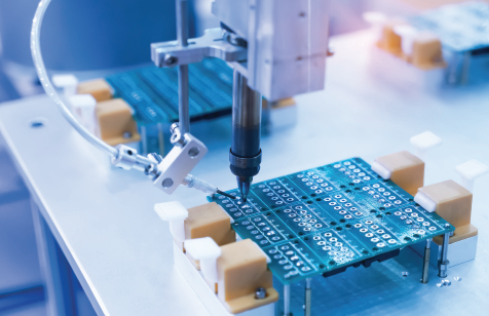The working principle of a cylindrical lithium-ion battery is based on the intercalation of lithium ions into the cathode material during charging and discharge. The cathode material is typically a transition metal oxide, such as LiCoO2, or a polymer, such as a polyaniline.
During discharge, the lithium ions are reversibly extracted from the cathode and travel to the anode where they are inserted into the carbon lattice. The flow of electrons through the external circuit provides the energy to power devices. If you want to buy a cylindrical lithium-ion battery, you can visit https://nuenergy.net/cylindrical-li-ion-batteries/.

Cylindrical batteries are one of the most common types of batteries due to their high energy density and relatively low cost. They are used in a wide variety of applications, including cell phones, laptops, and power tools.
How to Construct a cylindrical lithium-ion battery?
Constructing a cylindrical lithium-ion battery is not difficult, but there are a few things to keep in mind. The first is to choose the right size battery for your needs. The second is to make sure that the battery is properly seated in the device. Finally, it is important to test the battery before using it.
The first step in constructing a cylindrical lithium-ion battery is to choose the right size battery for your needs. There are many different sizes of batteries available on the market, so it is important to select the one that will best meet your needs.
The second step in constructing a cylindrical lithium-ion battery is to make sure that the battery is properly seated in the device. This can be done by carefully following the instructions that came with your device. If you are having trouble seating the battery, you may want to consult with a professional.
The third and final step in constructing a cylindrical lithium-ion battery is to test the battery before using it.